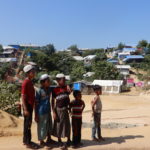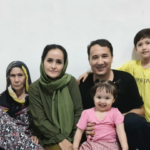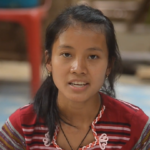Karen Refugees from Myanmar Spend Decades in UN-Run Thai Camps, as Recent Arrivals Are Returned
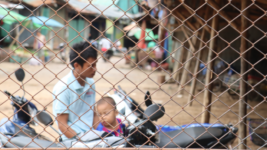
Along the Trak province Thai border region with Myanmar, there are a series of three refugee camps, with over 54,000 displaced persons living within them.
The overwhelming majority residing in the camps are Karen people, some of whom have been living there for over 30 years. The Karen are an Indigenous ethnic minority living in both Thailand and Myanmar border regions.
The Mae Sot office of the UNHCR (High Commissioner for Refugees) runs the camps, with the cooperation of the Thai government and other nongovernment agencies. The camps are designated temporary shelters, despite the largest, Mae La, having been established in 1984.
These days, over 34,000 refugees live at Mae La, some of whom apply for facilitated voluntary repatriation programs, or resettlement programs in third countries through bodies like the IOM (the UN International Organisation for Migration).
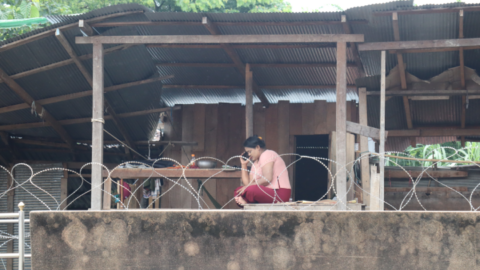
The UNHCR supplies everything for the people’s daily needs, as they’re confined to the camps, which appear as huge permanent villages, although the Thai government insists on their designation as being “temporary”.
Across the Moei River, which designates the border between the two nations, is the Myanmar province of Kayin, also known as Karen State. A conflict between the Karen National Union and the Myanmar military junta forces, the Tatmadaw, is the longest ongoing civil war on the planet.
After the military junta retook control of Myanmar in February 2021, renewed fighting broke out last December between the Tatmadaw and the KNU’s armed wing, the Karen National Liberation Army, with thousands more displaced people then fleeing across the border into Thailand.
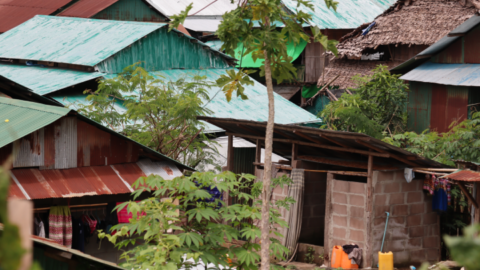
Closed post-coup
The Thai-Myanmar Friendship Bridge border crossing over the Moei River, which connects the Thai town of Mae Sot with Myawaddy city in Myanmar isn’t looking so friendly these days.
Shut in early 2020 due to the onset of COVID, the Myanmar junta has refused more recent post-pandemic Thai government requests to open it.
The fighting, which is ongoing at times across the river, can be heard 10 kilometres away in the centre of Mae Sot.
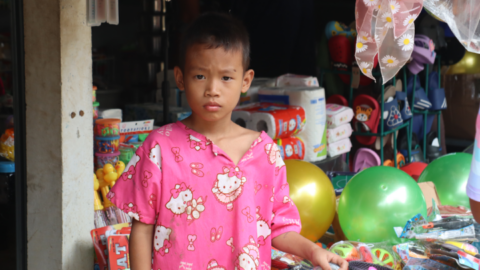
Tatmadaw mortars have been fired across the border on five different occasions aimed to strike in the vicinity of local Karen villages on the Thai side since last December, with the last such incident happening in August.
Beside the bridge, the famous Rim Moei Market is currently a less bustling version of its former self, and a raised walkway to the side that once served to allow visitors to view Myanmar across the river, is now covered in rolls of razor wire serving to keep out those fleeing the civil war.
Paying a visit to the area on the way to the main refugee camp, Sydney Criminal Lawyers noted that on the other side of the razor wire was an encampment of displaced people, who’d been there since last December, having established a fairly robust setup in this no-man’s-land riverbank area.
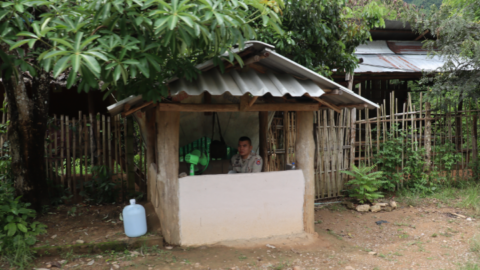
A chance encounter
The road leading from the border out to Mae La, the oldest of the regions three camps, contains a number of Thai police checkpoints, where the authorities stop vehicles to not only prevent unauthorised people entering, but to stop refugees leaving the area.
Indeed, visitors are not permitted entry into Mae La, which stretches along the roadside for six kilometres, with a check post and an armed border guard appearing every so often. And another significant marker is the distinct sound of children at school ringing out quite regularly.
With no entry permission, one guard does allow us to stop at a gate where a few modest stores are run by Karen refugees. And at that point, a young woman appears at the gate and calls out, speaking English with such fluency it’s quite unexpected.
The 20-year-old Karen woman explains that her family fled Myanmar in 2009, as there was no food available in the area where they lived.
Today, they make money in the camp selling fruit gathered in the surrounding forest, and she learnt her high-level of English in one of the UN-sponsored schools within Mae La.
“For me, it is very difficult to live because we don’t have enough money or food. We can’t go out. We can’t go and find a job. Sometimes we are not allowed to even go into the mountains,” she told SCL. “It’s a bit like a prison.”
“I plan to continue studying and go to university. I can only attend if I get a scholarship though, because we don’t have enough money. I want to work at an NGO.”
The longest civil war
The KNU commenced its armed struggle for self-determination against Myanmar’s military junta in 1949. The campaign has comprised of periods of negotiations and others of open warfare, with the latter having led to tens of thousands fleeing across to Thailand over the last seven decades.
The Karen National Union signed a peace agreement with the junta in 2012, when military rule was becoming less oppressive in the lead up to the 2015 election, resulting in a partial democracy with a National League of Democracy government established, with key ministries reserved for the military.
However, the military junta retook control of the nation during a brutally staged coup in February last year, and the KNU became a major player in the resistance to the democratically elected government’s overthrow.
As the Tatmadaw crackdown on civilian protesters used military force, the Karen National Liberation Army troops began providing security for such demonstrations. And by last December, a full-blown war had once again erupted in Karen State.
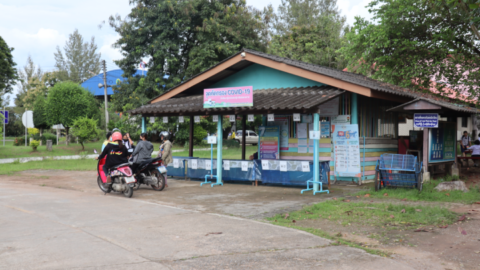
Temporary shifts to permeance
Karen refugees began fleeing over the border late last year and setting up camps on the other side. There are mixed reports that assistance is being provided to them, while others state that the newly displaced people are being sent back into a conflict zone.
In mid-December, 2,676 Karen people were being housed at Ban Mae Tao Klang School on the outskirts of Mae Sot. With a military spokesperson telling the Bangkok Post that as fighting had eased, 100 to 200 of those who’d fled were being sent back across the river by boat on a daily basis.
But what seems clear is the new arrivals won’t be provided shelter at the rather permanent temporary camps located in the region, like the Karen woman running a shop at one of the entry gates leading into Mae La refugee camp was long ago.
The 51-year-old mother-of-two told SCL that life at the camp is not easy, and she’s been living there for decades.
“When I came here,” she said via a translator, “my daughter was just a little girl. Now, she’s 32.”


